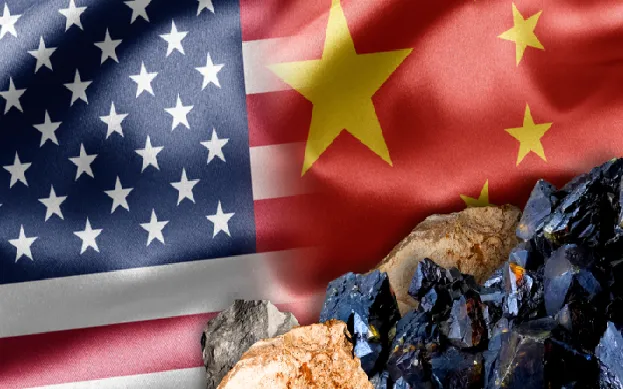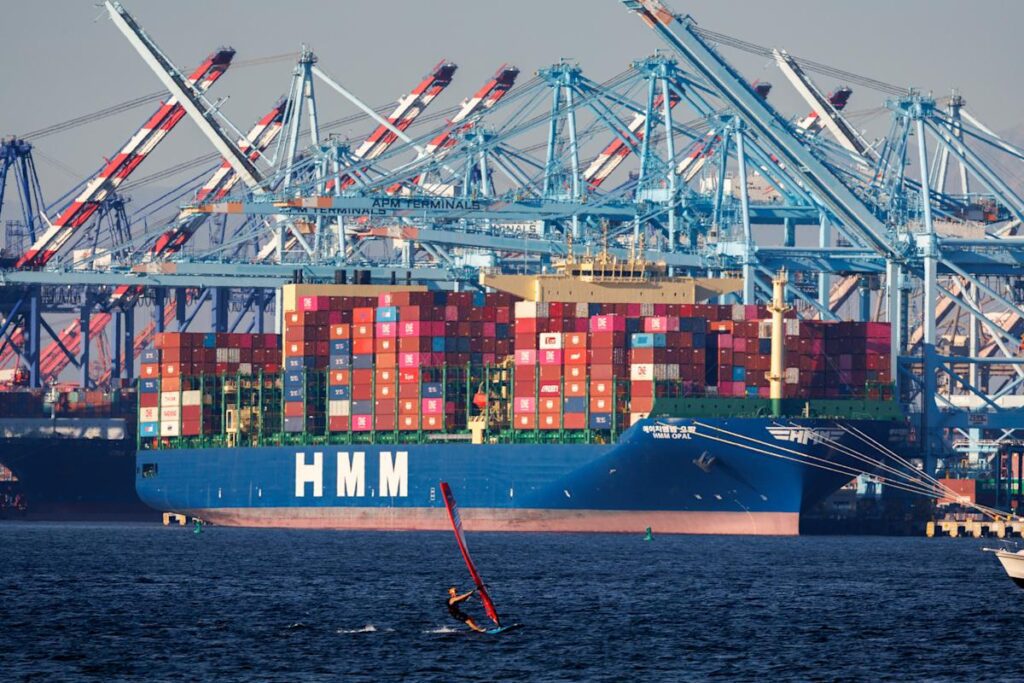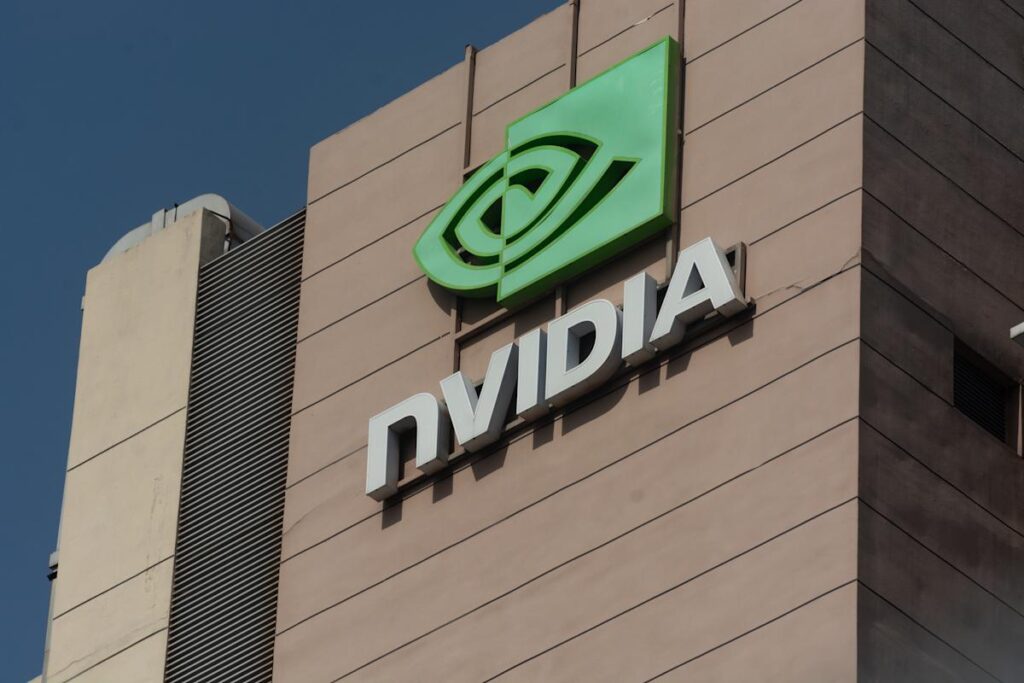 |
| Gold V.1.3.1 signal Telegram Channel (English) |

China’s Rare Earth Export Curbs Hit EVs and Semiconductors: Tesla, GM Affected as Global Tech Supply Chain Shifts
2025-04-15 @ 17:20
The U.S.–China trade war is heating up again. Recently, China introduced a new round of export controls on rare earth elements, shaking up global supply chains—particularly hitting the electric vehicle (EV) and high-tech industries. The move, which imposes a licensing system on exports of seven strategic materials like tungsten, tellurium, and bismuth, is widely seen as a direct response to President Trump’s latest tariff hikes on Chinese goods earlier this month. In this escalating tit-for-tat battle, American companies such as Tesla and General Motors are finding themselves under mounting pressure.
China has held a dominant position in the global production and processing of rare earths for over a decade. Elements like neodymium, dysprosium, and samarium play crucial roles in EV permanent magnets, advanced semiconductor equipment, and even military hardware—such as the core systems in F-35 fighter jets. With so much of the world’s manufacturing reliant on these tightly controlled materials, even minor disruptions can trigger far-reaching ripple effects.
Tesla, for instance, just announced that it has stopped taking new orders for its high-end Model S and Model X vehicles in China. Industry sources reveal that around 90% of the magnet materials used in these models are sourced from China, and current inventory will only sustain production for another six weeks. While Tesla unveiled a new patent in 2023 aimed at reducing its dependence on rare earths, the technology is still in its early testing phase and not yet ready for mass production. Should they succeed in overcoming performance challenges, it could eventually help the company hedge against future supply shocks.
General Motors isn’t faring much better. The automaker’s Ultium EV platform heavily depends on dysprosium from China. In response to new export restrictions, GM has reportedly scaled back production plans at its Michigan facility, cutting output by 30% to cope with a looming parts shortage. This kind of impact—longer delivery timelines and rising production costs—is likely to ripple through the entire automotive sector, potentially reshaping market share if disruptions persist.
But the rare earth crunch isn’t limited to EVs. The semiconductor and defense industries are feeling the pressure too. ASML, the Dutch firm behind extreme ultraviolet (EUV) lithography used in leading-edge chip production, now finds gadolinium oxide—one of its critical materials—on China’s export control list. This could stall Taiwan Semiconductor Manufacturing Company’s (TSMC) planned expansion of its 3nm chip production. Meanwhile, Lockheed Martin, builder of the F-35, has reportedly ramped up its stockpiles of samarium-cobalt magnets. Still, alternative sources like Australia can only meet about 20% of demand—not nearly enough to insulate production from disruption.
Even Chinese companies aren’t immune to the fallout. In Baotou, a major rare earth production hub, half of the local refineries have already been ordered to shut down due to environmental concerns. Paired with the new export restrictions, spot prices for rare earth oxides have surged more than 40% in just a week, hitting record highs.
In response to the growing instability, global governments are stepping up. The European Union passed new legislation pledging €24 billion for accelerating rare earth development in the Nordic region. Japan is backing companies like Toyota and Hitachi Metals in the race to commercialize rare-earth-free motor technologies by 2027. Meanwhile, the U.S. Commerce Department is in talks with allies—including Ukraine—to establish new partnerships. Even though Ukraine holds Europe’s largest rare earth deposits, it will take years to scale up to meaningful commercial production. So in the short term, these initiatives offer little immediate relief.
It’s also becoming increasingly clear that the rare earth debate is about more than just managing risk—it’s about reshaping the industrial landscape. While China currently holds the upper hand, efforts are underway to tip the balance. A new “rare earth alliance” appears to be forming, built around countries like Canada, Australia, Brazil, and parts of Central and Eastern Europe. Whether global supply chains begin to shift meaningfully over the next three to five years will be a key factor for sectors like autos, aerospace, and semiconductors.
In short, rare earths aren’t just a trade issue anymore—they’re a strategic battleground in the competition for next-generation technologies. Companies that can anticipate these shifts and adapt quickly will be best positioned to stay ahead in tomorrow’s markets.


![[Daily Closing 🔔] Gold – U.S. Credit Rating Downgrade Triggers Gold Price Rebound – May 19 Market Recap](https://int.1uptick.com/wp-content/uploads/2025/05/2025-05-20T224010.678Z-file-1024x576.png)


